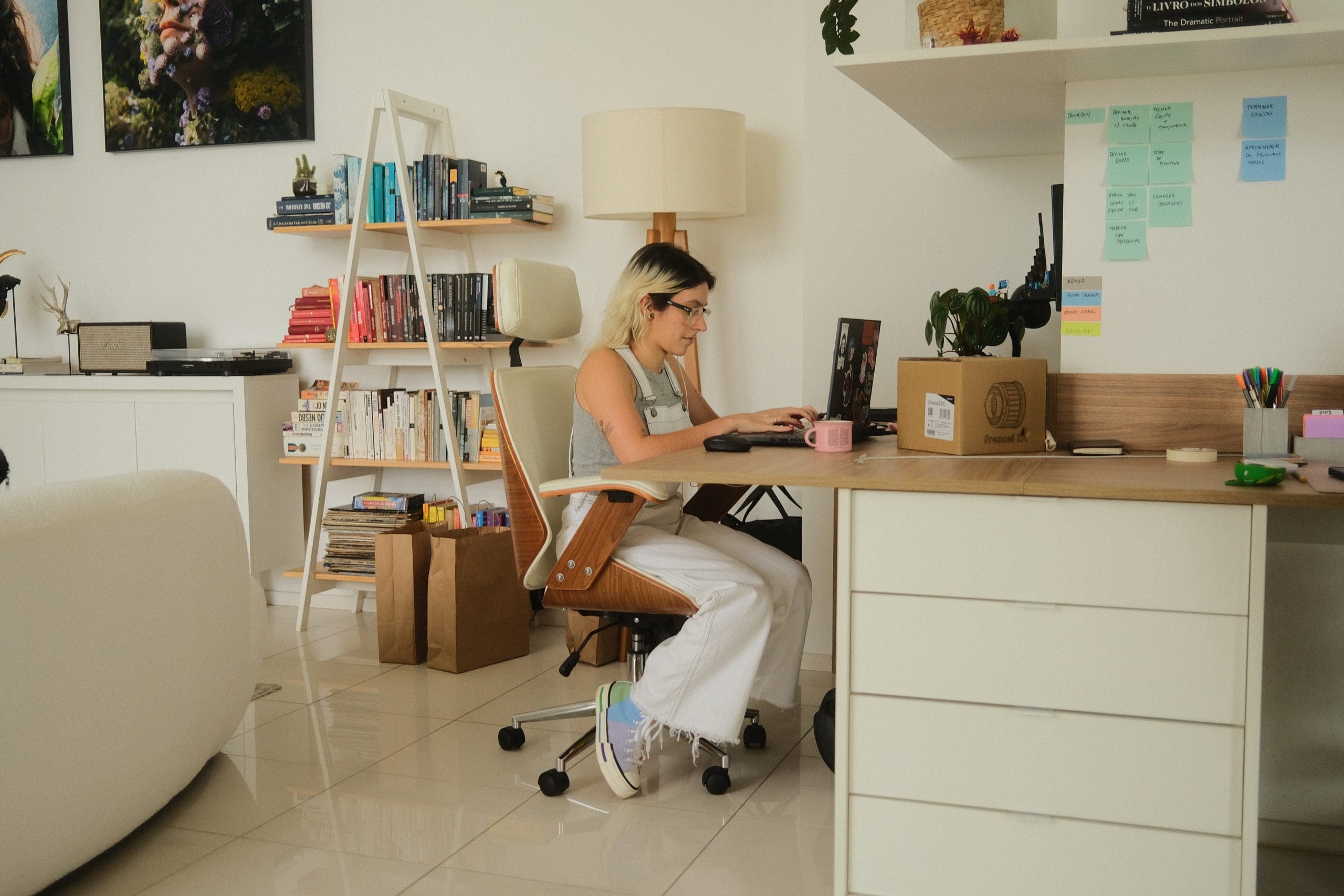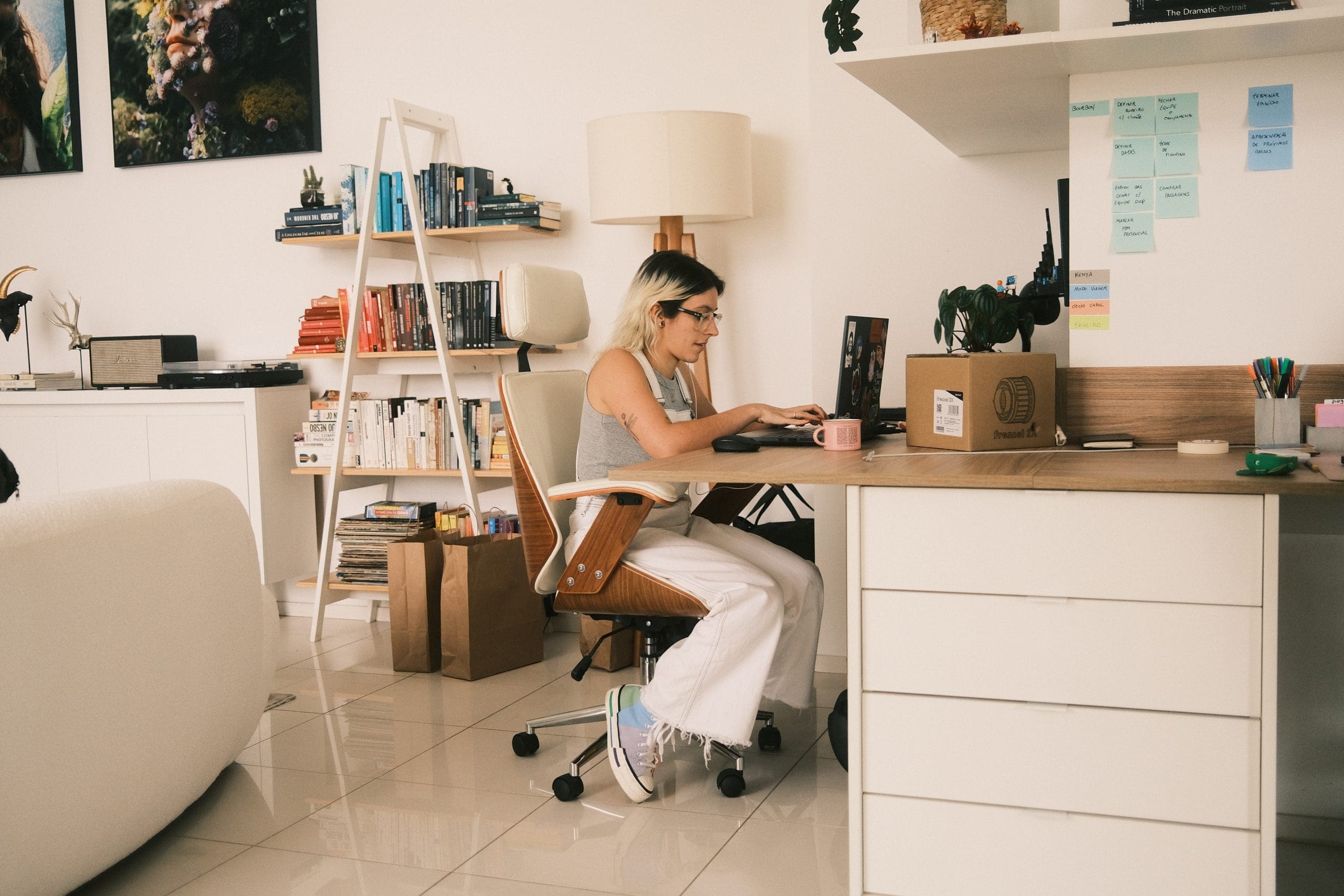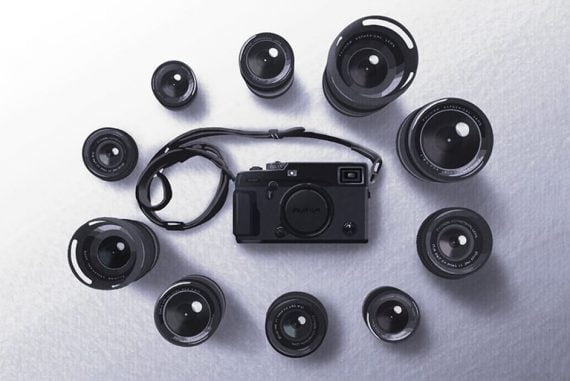
Fujifilm Film Simulation Modes Compared (+ Recipes & Tips)
Explore and compare the latest Fujifilm film simulation modes to give your digital photos the classic appeal of nostalgic analog film stock imagery.
Learn | By Leonardo Cavazzana
The Film Simulation modes on Fujifilm cameras are an amazing feature that Fuji has brought to the digital camera market.
The simulations are unique among camera manufacturers, bringing back a nostalgic feeling of analog photography without the hassle and cost of developing film.
Fujifilm’s film simulation modes go much further than just the usual “scene modes” of digital cameras that produce film-like photos.
They are image adjustments that, once you start using them, become part of your creative process.
You might not even need to shoot in RAW format anymore since Fujifilm’s film-look JPEGs are exceptional, as many Fujifilm photographers have discovered.
Continue reading this article to learn more about Fujifilm’s film simulations, including visual comparisons and examples of using them with your own photography and filmmaking.
Table of Contents
What are the Film Simulations on Fuji?
Great images need beautiful colors, and one of the legacies that Fujifilm has left in the world of photography and that continues to this day is the incredible combinations of colors to create a unique look.
Observing a growing market demand for film-look presets and film cameras returning to trending topics, Fujifilm itself decided to bring its famous film looks to its digital cameras.
It’s the best of both worlds.
Fuji’s Film Simulation modes do exactly what the name implies: they simulate the look of the brand’s classic films, both color and black-and-white.
Some people might think that these are just other presets and they are easy to copy with just a few adjustments in Photoshop or Lightroom. However, Fujifilm’s film simulations involve much more than that and use a lot of in-depth color science to achieve their effects.
Here’s a full list of all Fujifilm Film Simulations supported by most Fujifilm X-series and GFX series cameras.
- Provia
- Velvia
- Astia
- Classic Chrome
- Pro Neg. Hi
- Pro Neg. Std
- Acros (with variations: Acros, Acros+Y, Acros+R, Acros+G)
- Monochrome (with filter variations: N, Ye, R, G)
- Sepia
- Eterna
- Eterna Bleach Bypass
- Classic Neg.
Note that not all Fujifilm cameras have all the film simulations, especially the older models or entry-level ones.
How do Fujifilm Simulations Work?

Fujifilm’s film simulations digitally reproduce the look and feel of classic color and black-and-white film for incredible images straight from the camera.
Film simulations are set like scene modes, which you can change at any time on the camera itself and according to your inspiration and needs.
As a result, JPEG photos come with the simulations in the image itself, making them perfect for taking straight from the camera and sharing on the internet.
Which Fuji Cameras have Film Simulation Modes?

The cheapest Fuji camera with built-in film simulation modes. Small, lightweight, fast and fun to use.
All the Fuji X-series cameras and GFX-series cameras offer Fujifilm’s film simulation modes.
Some recent models include the X-T5, X-Pro3, X-T30II (the cheapest Fuji camera with film simulations), GFX 100S, and many more.
Comparing All Fujifilm Film Simulation Modes
These film simulations are for you to play with your creativity.
Each of these film simulations has been designed to reproduce, as accurately as possible, the most popular analog film that Fujifilm has ever produced and which has fallen in love with both professional and amateur photographers.
Fujifilm Color Film Simulation Modes
-
PROVIA/STANDARD

Based on FUJICHROME PROVIA, this film simulation mode is the camera’s standard, with natural colors and moderate contrast.
How Much Do You REALLY Know About Photography?! 🤔
Test your photography knowledge with this quick quiz!
See how much you really know about photography...

It adapts to all types of subjects, ideal for everyday shots.
-
VELVIA/VIVID

Based on the FUJICHROME Velvia, this film simulation offers richer primary colors and high contrast than PROVIA/STANDARD.
It is one of the favorite choices of landscape photographers.
-
ASTIA/SOFT

Based on the FUJICHROME ASTIA, this filter was designed for use in portraits and fashion, as it prioritizes the soft and faithful reproduction of skin tones, as well as increasing the saturation of the blue and green channels.
-
CLASSIC CHROME

This film simulation mode reproduces a look similar to that of 20th-century documentary magazines.
Its low saturation and the gradation of strong tones in the shadows make it the perfect choice for documentary photographs with a touch of realism.
-
PRO Neg. Hi

Based on the PRO160NH, this film simulation has a slightly stronger contrast.
It is mainly used for portrait photography, where lighting is not easily controlled. It provides just the right amount of shadow detail.
-
PRO Neg. Std

Based on the PRO160NS, this mode has a softer contrast and is perfect for reproducing skin tones.
It is ideal for portrait photography under carefully controlled lighting and ideal for those who want to do post-processing work.
-
CLASSIC Neg.

Based on SUPERIA, a color film loved by generations of photographers, this film simulation mode offers strong contrast.
It adds depth and definition to colors, adjusting their tones in highlights and shadows and reducing saturation.
-
ETERNA/CINEMA

Based on ETERNA, a filter designed for movies, this film simulation mode minimizes saturation to ensure that none of the colors stand out and reduces brightness in scenes with high dynamic range, reproducing a cinematic look.
-
ETERNA BLEACH BYPASS
This movie simulation mode applies a Bleach Bypass effect to the ETERNAL/CINEMA mode. It produces an appearance of sharp contrast and low saturation, creating a touch of depth appreciated by many filmmakers. Perfect for more dramatic edits.
Fujifilm Black & White Film Simulation Modes
-
MONOCHROME

For black-and-white images. Available in standard mode or with yellow, red, or green filters to change the tone of certain colors.
For example, the red filter darkens the blue sky.
-
ACROS

Based on ACROS, a monochrome film known for its super-fine grain, this mode offers rich shadow detail and excellent sharpness while adding grain at high ISOs and recreating the incredible textured feel of monochrome.
Here, you can access green, red, and yellow color filters, and you can adjust the level of grain.
If you want black-and-white photos with a little more texture than the monochrome profile offers, Acros is a suitable alternative.
-
SEPIA

This mode adds a warm tone to the whole image to give it a vintage look. When applied to a retro theme, it creates a suitably nostalgic finish.
How to Get The Most Out of Fuji Film Simulation Modes
Before, photographers had to select the right film to reproduce the colors they wanted for a particular job. And that’s the best way to use Fujifilm’s film simulations. The secret is to experiment!
As the cameras can produce and reproduce JPEGS with the simulations applied, you can experiment with different film simulations and see which one you like best.
If you shoot landscapes, try Velvia; if you shoot people, try ProNeg Standard or High.
For a cinematic look, Eterna could be your option. But you can also not follow the tips that everyone else follows and play around and find out what you like best for each photo style.
Remember that you have a digital camera in your hands, so you can take several photos without worrying about losing the “pose.”
When you go out to shoot, use the RAW + JPEG option to have a clean photo to edit and the JPEG with the film simulation.
I also recommend experimenting with different Fuji lenses and shooting them at various apertures to further experiment with the film look.
Take the HARD Photography Quiz! 🤯
Now it's time to really test your photography knowledge!
(99% of people can't get all the questions right...)

Shooting wide open at the lens’ maximum aperture helps add that dreamy look to your photos.
How to use FujiFilm Simulations on RAW Files

In-Camera: One advantage of Fujifilm cameras is that they have an integrated raw processor.
What does this mean? You can add real Fujifilm film simulations to your raw images right in the camera.
When you finish selecting the simulation, the camera will process and add the simulation, creating a separate JPEG file on your memory card and keeping the raw image.
FUJIFILM X RAW Studio: Another way to add Fujifilm’s film simulations to your RAW photos is to use Fujifilm’s own post-processing software: FUJIFILM X RAW STUDIO.
Basically, you’ll have to connect your camera to your computer, which will do the same process as I said above.
Other software: Post-processing software such as Capture 1, Adobe Camera RAW, and Adobe Photoshop Lightroom allow you to apply FUJIFILM film simulations to your raw FUJIFILM images at the time of editing.
However, these simulations will give a different end result to the Fujifilm film simulations made in the camera or in Fujifilm’s own software.
We could say that it would be a simulation of the simulations.
How to use Fuji Film Simulations on RAW Files
- Open Lightroom and then select the FUJIFILM raw .RAF images in the Library.
- Open the Develop module and expand the Basic panel to reveal the Profile selection drop-down list.
- Click on the icon to display thumbnail views of the profiles.
- The Fuji film simulation profiles are listed under “Camera Matching.”
- Click on each one to see the impact on your image and find the one you want to use.
- When you are satisfied, click return to confirm your selection and access the other adjustment controls as normal.
Fujifilm Simulation Recipes

The flexibility that digital cameras have is incredible, as they have the capacity for customization that allows artists to create their own “recipes” that simulate more than 100 different types of film from all brands, including other Fujifilm films.
You can find many of these recipes on the Fuji X Weekly website. The Fuji X Weekly website itself has an app that allows you to take the recipes to the field on your mobile device.
If you really love creating film simulations, you can look for some groups on Facebook.
There are several groups of Fujifilm film simulation lovers, and there’s the “Fujifilm Film Simulations Facebook Group,” which was created by the founders of Fuji Rumors.
This group already has almost 90,000 users who share new recipes, ideas, images, inspiration, and support for their new film simulation addiction.
Want to start a new hobby and addiction? Then, learning about movie simulation recipes will be just what you need.
Final Words about Fuji’s Film Simulations
Fujifilm’s film simulations work with JPEG photos straight from the camera without thinking about post-processing afterwards.
In addition to the various options, you can customize and create other types of edits with the recipes that are created every day by film lovers.
This is where you can put your creativity to the test with the various simulations you can use. So, enjoy!
I hope this article has helped you understand a little more about Fujifilm’s film simulations and how they differ from each other.

Check out these 8 essential tools to help you succeed as a professional photographer.
Includes limited-time discounts.
Hello, my name is Leo Cavazzana, I’m a professional photographer and film director. As a photographer, I’ve been photographing our natural world for the past 8 years and worked on assignments with NatGeo, BBC, and UN on all 5 continents. As a film director, I’ve been directing commercials and campaigns for brands for the past 4 years. I’m passionate about sharing about the world and photography with others.













